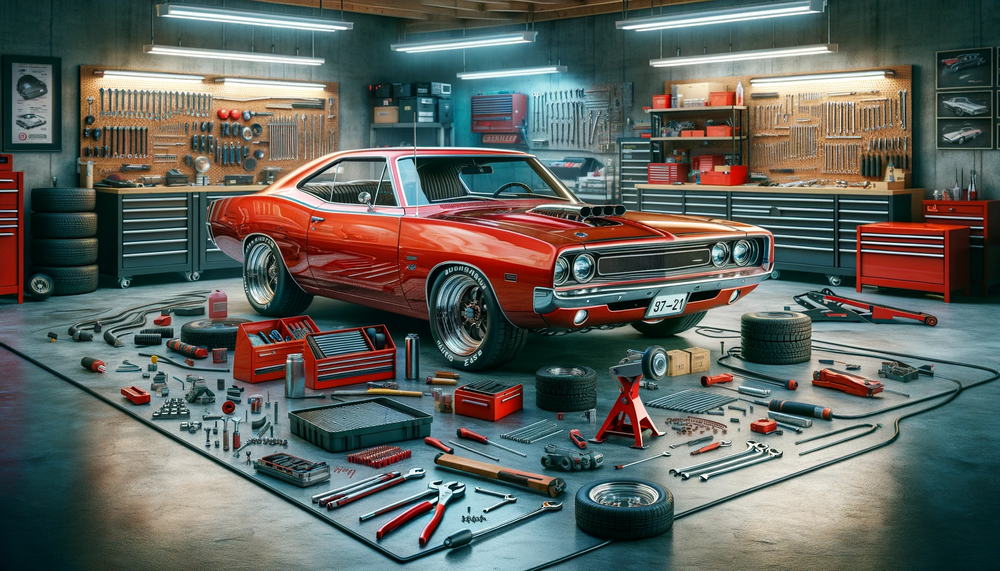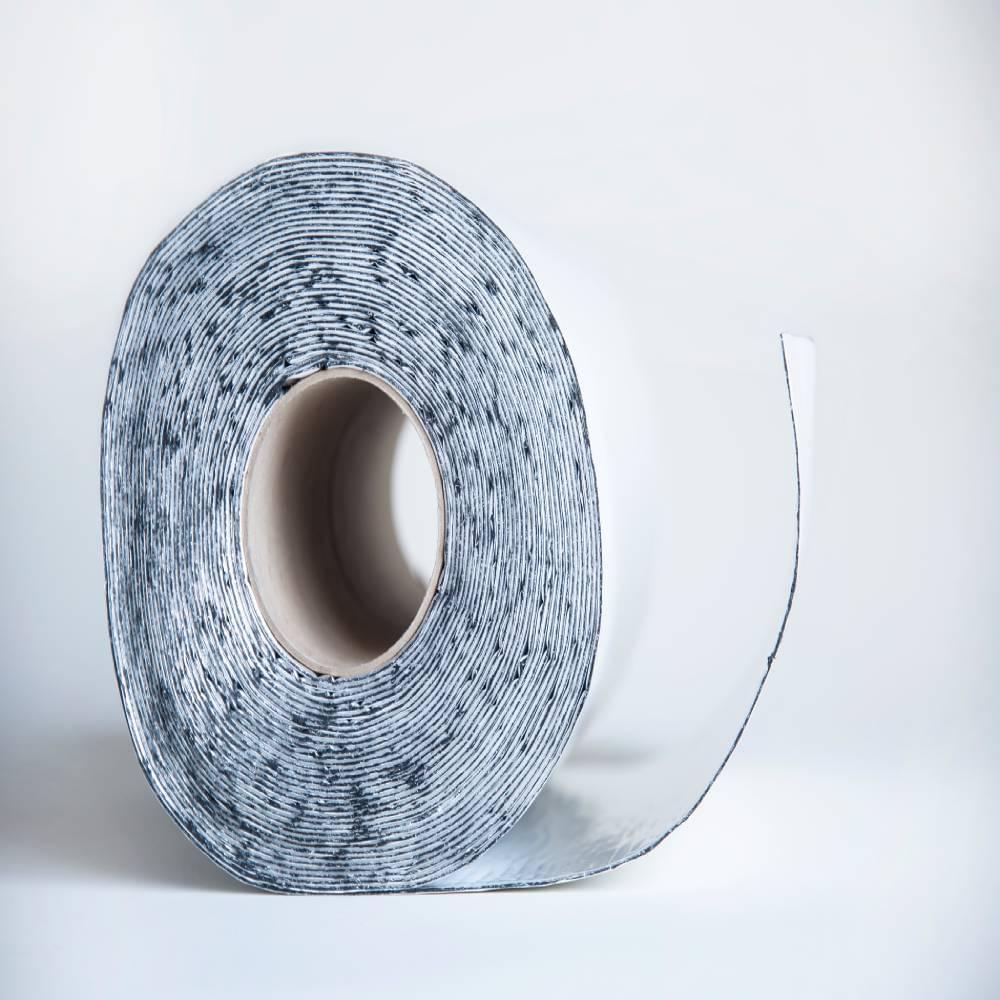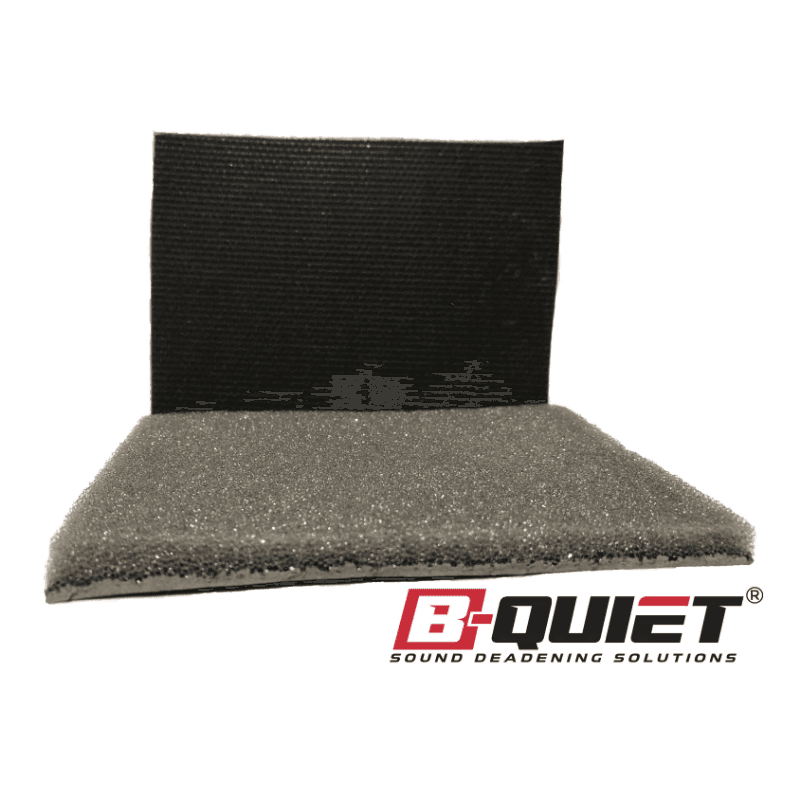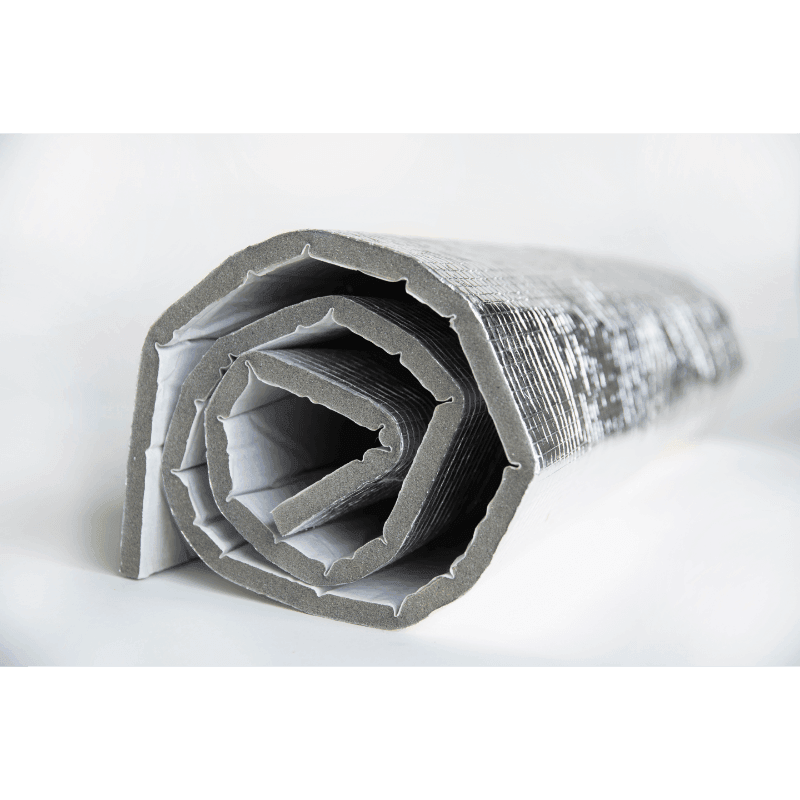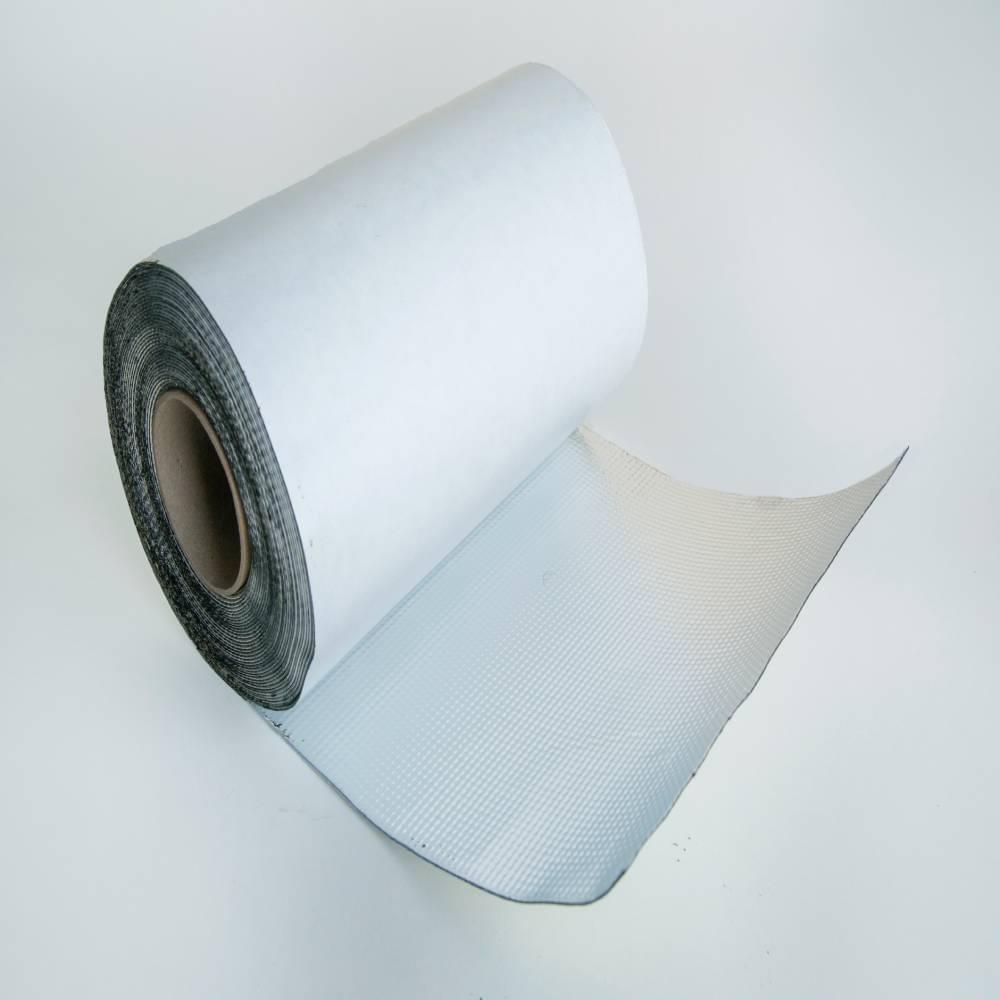Sound Deadening Solutions for Electric and Hybrid Vehicles
The rising popularity of electric and hybrid vehicles is transforming the automotive landscape, with an increasing number of drivers making the switch for a more eco-friendly, energy-efficient mode of transportation. While these vehicles offer a plethora of benefits, such as reduced emissions and cost savings through lower fuel consumption, they also present a distinct set of sound deadening challenges that differ from traditional gasoline-powered vehicles. The quiet nature of electric and hybrid engines can ironically highlight other noise sources, such as road, wind, and tire noise, complicating the quest for a truly peaceful driving experience.
Fortunately, sound deadening solutions tailored to electric and hybrid vehicles are available, ensuring a comfortable, serene ride that appeals to the eco-conscious driver. Understanding the unique factors influencing the acoustic environment within electric and hybrid vehicles is key to implementing sound deadening measures that enhance the driving experience without sacrificing energy efficiency or vehicle performance.
In this article, we will explore the sound deadening challenges specific to electric and hybrid vehicles, the most effective materials and techniques for tackling these challenges, and provide expert installation tips to maximize your EV's or hybrid's comfort and audio enjoyment. Join us on a journey toward a revolutionized driving experience, where the benefits of electric and hybrid vehicles are elevated by an accompanying eco-friendly, whisper-quiet ride. Embrace the future of motoring with confidence and style, knowing your vehicle is prepared to offer you unparalleled serenity en route to a sustainable future.
Unique Sound Deadening Challenges for Electric and Hybrid Vehicles
Sound deadening electric and hybrid vehicles is an evolving art, with unique challenges separating them from traditional gasoline-powered counterparts. Addressing these concerns requires specialized knowledge and tailored solutions. Some of the primary challenges include:
- Low Engine Noise: Electric and hybrid engines are much quieter than traditional combustion engines, which can amplify other noise sources, making them more audible and disruptive within the cabin. The absence of engine noise also allows passengers to pick up on otherwise unnoticed sounds, like high-frequency electronic whine or buzzing.
- Road and Tire Noise: Due to their quiet engines, road noise and tire noise are much more prominent in electric and hybrid vehicles. As EVs typically weigh more than traditional vehicles, the added weight can amplify these noises throughout the cabin.
- Aeroacoustic Noise: With the absence of engine noise, aerodynamic noise generated by components like mirrors and panel gaps becomes more noticeable. Aeroacoustic noise typically intensifies with increasing vehicle speed.
Sound Deadening Solutions for Electric and Hybrid Vehicles
To create a serene, comfortable ride in your electric or hybrid vehicle, consider employing these sound deadening materials and techniques to effectively address noise challenges:
- Install Vibration Dampeners: Use specialized vibration damping materials, such as butyl rubber mats, to minimize vibrations that resonate through panels and other components. These materials can be applied to areas such as the floor, doors, and wheel wells, absorbing vibrations and transforming them into low-grade heat.
- Opt for Sound Absorbing Insulation: Sound absorbers, such as closed-cell foam, can be installed in cavities to absorb and minimize interior noise. Foam insulation helps reduce unwanted noises from electronics, HVAC systems, and aerodynamic components and is easy to install in tight or intricate spaces.
- Install Sound Barriers: Incorporate materials with mass-loaded vinyl (MLV) properties to block noise transmission from external sources such as road and tire noise. MLV materials can be used in doors, floors, and headliners, adding an extra layer of noise protection and reducing road noise.
- Use Brush Seals for Door and Window Gaps: Applying brush seals to door and window gaps can help reduce the infiltration of aerodynamic noise, which is often responsible for wind whistles and growls. These seals upgrade existing weather stripping and can be easily fitted to the perimeter of doors and windows.
Electric and Hybrid Vehicle Performance Considerations
Confidently choose sound deadening solutions that do not negatively impact your electric or hybrid vehicle's performance by keeping the following factors in mind:
- Weight Management: Sound deadening materials can add weight to your vehicle, potentially affecting range, acceleration, and handling. Opt for lightweight materials and techniques that maintain performance while effectively reducing noise levels.
- Thermal Management: Electric vehicles require efficient thermal management to maintain battery performance. Ensure your chosen sound deadening materials do not obstruct or interfere with the cooling systems, battery components, or HVAC systems essential to your EV's well-being.
- Accessibility and Maintenance: Choose sound deadening materials and solutions that can be easily managed, allowing access to crucial electrical systems and components when required. Make sure any modifications allow for essential vehicle maintenance.
Enhancing Your Electric or Hybrid Driving Experience
Applying effective sound deadening solutions in your electric or hybrid vehicle unlocks a range of benefits that truly elevate your driving experience:
- Improved Audio Quality: Reducing noise in the cabin allows you to enjoy music, podcasts, and conversation without resorting to high volume levels, increasing overall audio quality and reducing potential hearing fatigue.
- Enhanced Comfort and Relaxation: A quieter vehicle cabin creates a more relaxing, comfortable, and enjoyable environment for both drivers and passengers, reducing stress and enhancing the eco-friendly driving experience.
- Amplified Focus on Vehicle Performance: With reduced noise levels, drivers can more easily pick up on subtle changes in vehicle behavior or component sounds, providing peace of mind and an increased awareness of overall vehicle performance.
Conclusion
Implementing sound deadening solutions designed for electric and hybrid vehicles is essential to providing a serene, eco-friendly driving experience. By addressing the unique noise challenges of these vehicles and ensuring any modifications do not compromise performance, you can enjoy the best of both worlds—a comfortable, quiet ride and all the benefits of sustainable, innovative motoring. Embrace the future confidently and transform your electric or hybrid vehicle into an oasis of tranquility on the road. Discover our wide range of sound deadening materials and solutions specifically tailored for electric and hybrid vehicles today.
Looking for sound deadening solutions for your electric or hybrid vehicle? Look no further than B-Quiet, your trusted partner for high-quality sound deadening products. Our sound deadening solutions are specially designed to reduce noise and vibration, providing a quieter, more comfortable ride for you and your passengers. Contact us today to learn more about our sound deadening solutions for electric and hybrid vehicles and let us help you take your driving experience to the next level.


